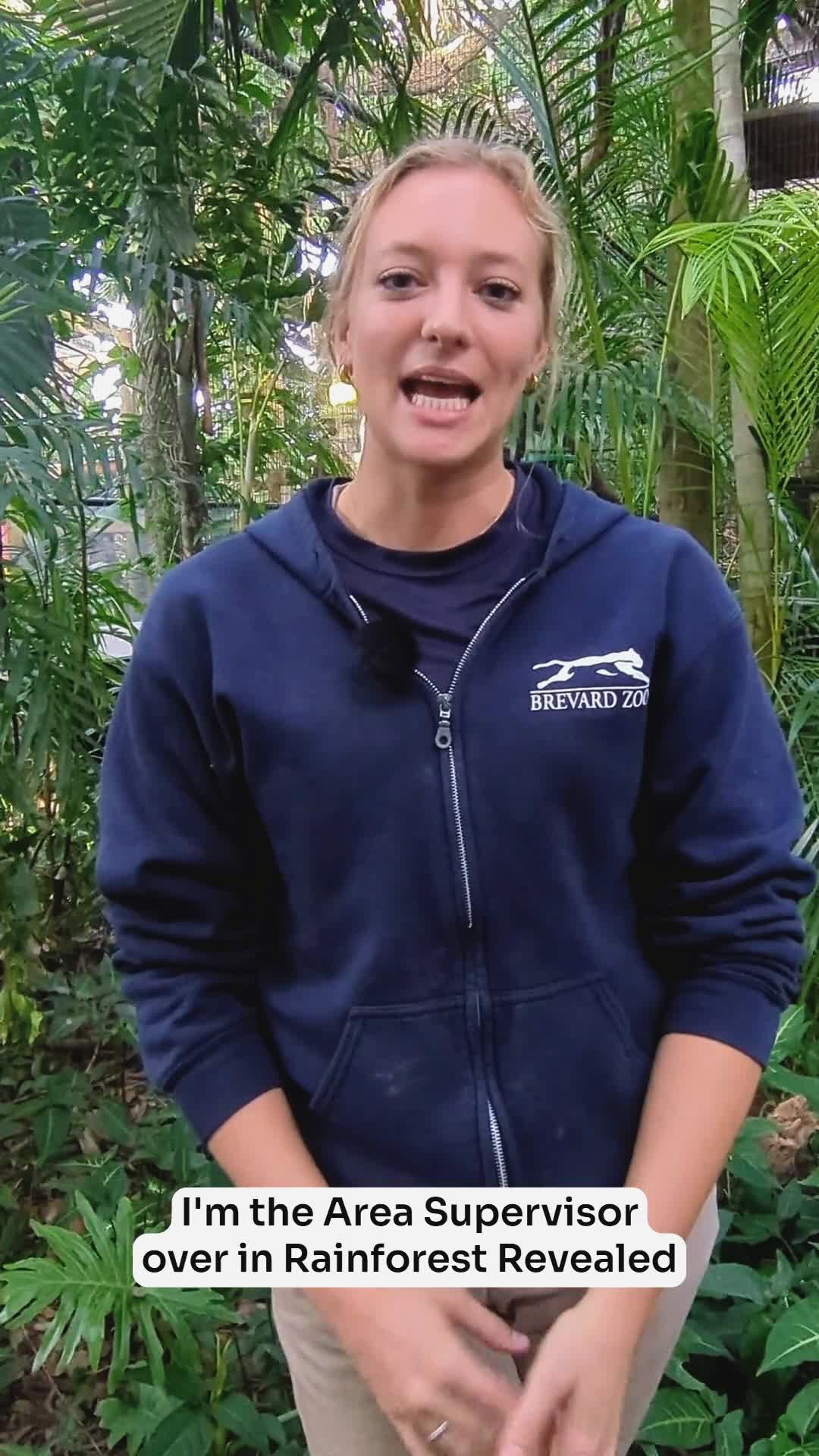- Understanding the unique bond between Bolivian gray titi monkeys, Cooper and Bellini.
- Exploring the intricate behaviors and social dynamics of titi monkeys.
- The importance of building trust between animal handlers and primates.
- The conservation status and challenges facing Bolivian gray titi monkeys in the wild.
- Contributions of zoo management and wildlife conservation efforts to primate preservation.
Bolivian gray titi monkeys, named for their characteristic gray fur, are fascinating creatures with intricate social structures. In the zoological world, the father and son duo, Cooper and Bellini, provide a live window into their behavioral complexities and serve as ambassadors for their species. These small primates are treasured residents and have captivated the attention of many, including Area Supervisor Grace, who has dedicated a significant amount of her time to fostering a positive relationship with them.
Understanding the bond between Cooper and Bellini is crucial to appreciating their daily interactions. The father-son pair connects through physical and vocal communication. One of the hallmark behaviors observed in these titi monkeys is tail twining, where the monkeys wrap their tails around each other. This behavior is not merely an expression of affection but is crucial for reinforcing social bonds within their group. Cooperative grooming and synchronized movements further strengthen their connection, highlighting the importance of companionship in their lives.
Behavioral studies of titi monkeys like Cooper and Bellini illuminate their sophisticated social dynamics. Titi monkeys are known for their monogamous pairings, an uncommon trait among primates, marked by strong pair bonds that often last their entire lives. This intense monogamous bond is reflected in their vigilance and protective behavior, with partners often seen sharing parental duties and guarding each other. Vocal communication also plays a pivotal role in maintaining these bonds, as they use distinctive calls to convey warnings or identify each other’s locations in their environment.
The pathway to building trust between an animal handler and primates is paved with patience and understanding. Grace has worked tirelessly to earn the trust of Cooper and Bellini, highlighting the symbiotic relationship between humans and animals in managed care settings. Establishing trust involves learning and respecting the titi monkeys’ communication cues, and responding appropriately to their needs and behaviors. This relationship allows the handlers to provide enriching environments that cater to their mental and physical well-being, enabling the monkeys to exhibit natural behaviors that would be seen in the wild.
The plight of Bolivian gray titi monkeys in their natural habitat is fraught with challenges. Deforestation in South America poses a significant threat to their survival, as it results in habitat loss and fragmentation. This reduction in habitat forces them into smaller, isolated populations, which can lead to decreased genetic diversity and increased vulnerability to extinction. Conservationists emphasize the importance of habitat preservation and restoration to ensure the long-term survival of these primates.
Zoo management and wildlife conservation efforts are crucial in combatting these challenges, and they play a pivotal role in the safeguarding of species like the Bolivian gray titi monkeys. Zoos serve as a refuge for primates threatened by environmental changes, while also acting as educational platforms to raise public awareness about conservation. Collaborations between zoological institutions and conservation organizations are instrumental in developing breeding programs and research initiatives aimed at bolstering wild populations.
The insights gained from observing Cooper and Bellini extend beyond their captivating presence. They provide critical data that underpin our understanding of primate social behavior, which, in turn, informs broader conservation strategies. By studying their interactions and behaviors in a controlled environment, researchers can glean valuable information that applies to their counterparts in the wild.
In conclusion, Cooper and Bellini, our Bolivian gray titi monkeys, embody the essence of what makes these primates so intriguing and vital to the ecosystem. Their story is a testament to the interconnectedness of zoo management, wildlife conservation, and scientific exploration. Understanding and preserving their natural behaviors and habitats remains a priority for ensuring the future of not only the Bolivian gray titis but countless other species that share our planet.
*****
Source Description
Our Bolivian gray titi monkeys, Cooper and Bellini, are a tiny but mighty pair! 🐒
ㅤ
These small primates are a favorite of Area Supervisor Grace, and she shares what it’s like working with the father and son duo. Grace has devoted lots of time to building a trusting relationship with these two and has observed some of their most unique behaviors up close, like tail twining.
ㅤ
Watch the video to learn all about our adorable titis! 🎥


